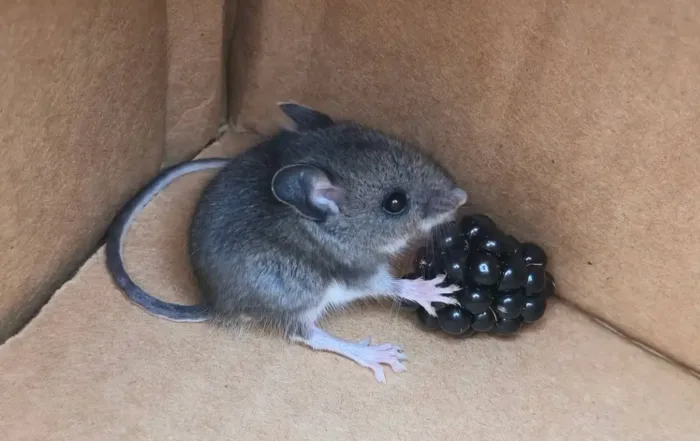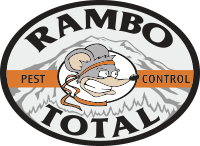NEED HELP? WE’RE AVAILABLE. CALL NOW. (253) 848 – 6000
NEED HELP? WE’RE AVAILABLE. CALL NOW.
(253) 848 – 6000
Rodent Control & Prevention
Rodents are among the most resourceful and adaptive animals on the planet. So much so that humans have brought them with us everywhere we have gone, and why Rambo Total Pest Control singles them out as a separate part of pest control.
Our rodent control program is designed to eliminate any current infestation in your home as well as to prevent any future rodent populations from entering the structure.
Professional Rodent Control Services
When it comes to pests, rodents are some of the most tenacious we come across. They not only pose substantial health risks but can also cause major structural damage that can compromise the safety of your home and even invite other pests. Thankfully, our effective pest control packages offer comprehensive protection against all manner of rodent invaders.
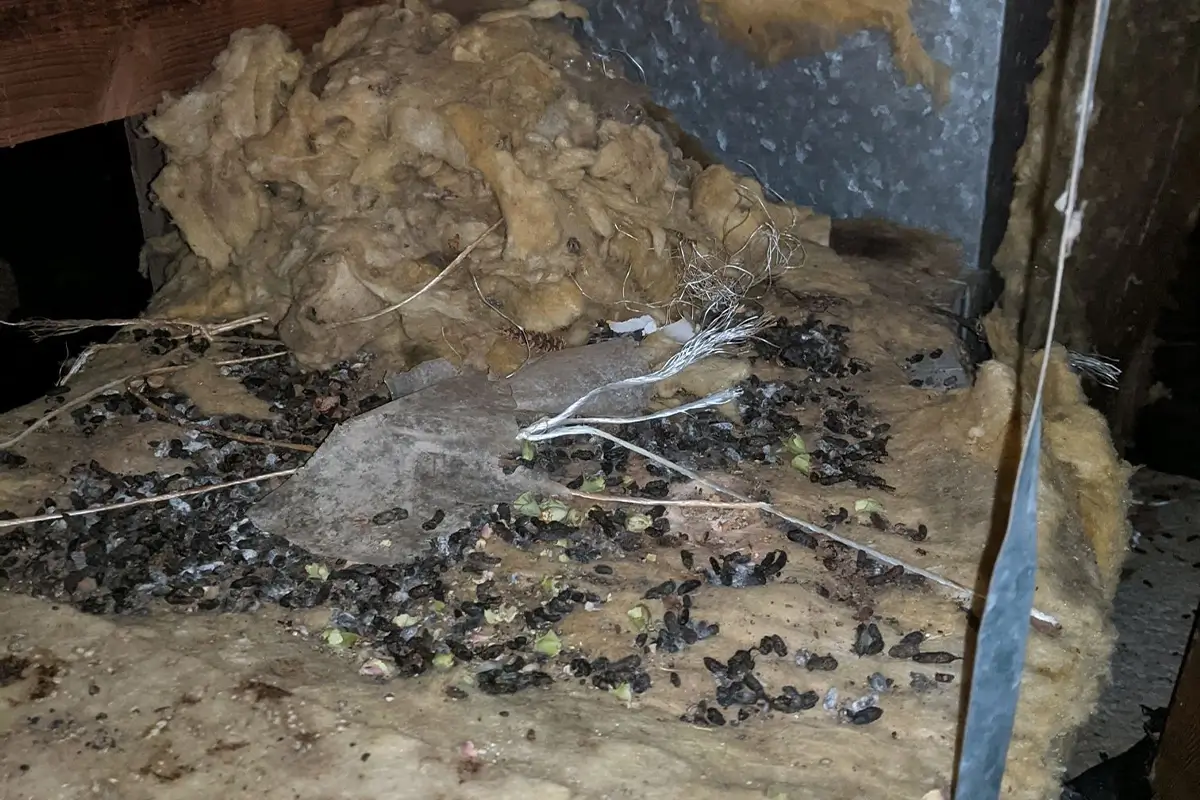
The Dangers of Rodent Infestations
Rats and mice pose serious health threats to people and structures. Rodents are well-known carriers of diseases such as plague, hantavirus, salmonella, rat bite fever, murine typhus, leptospirosis (Weil’s Disease), and trichinosis.
Rodents will cause extensive damage to insulation, vapor barriers, and HVAC systems in your crawlspace or attic. In some cases, they have been the cause of house fires, due to gnawed electrical wiring. Many times, the contamination becomes so severe that a crawlspace cleanout will be necessary to remove contaminated materials from your home.
Some of the common traits among rodents are:
Rodent Identification
There are a variety of rodents we encounter in Washington. The most common we find infesting homes and businesses are Roof Rats, Norway Rats, House Mice, and Deer Mice:
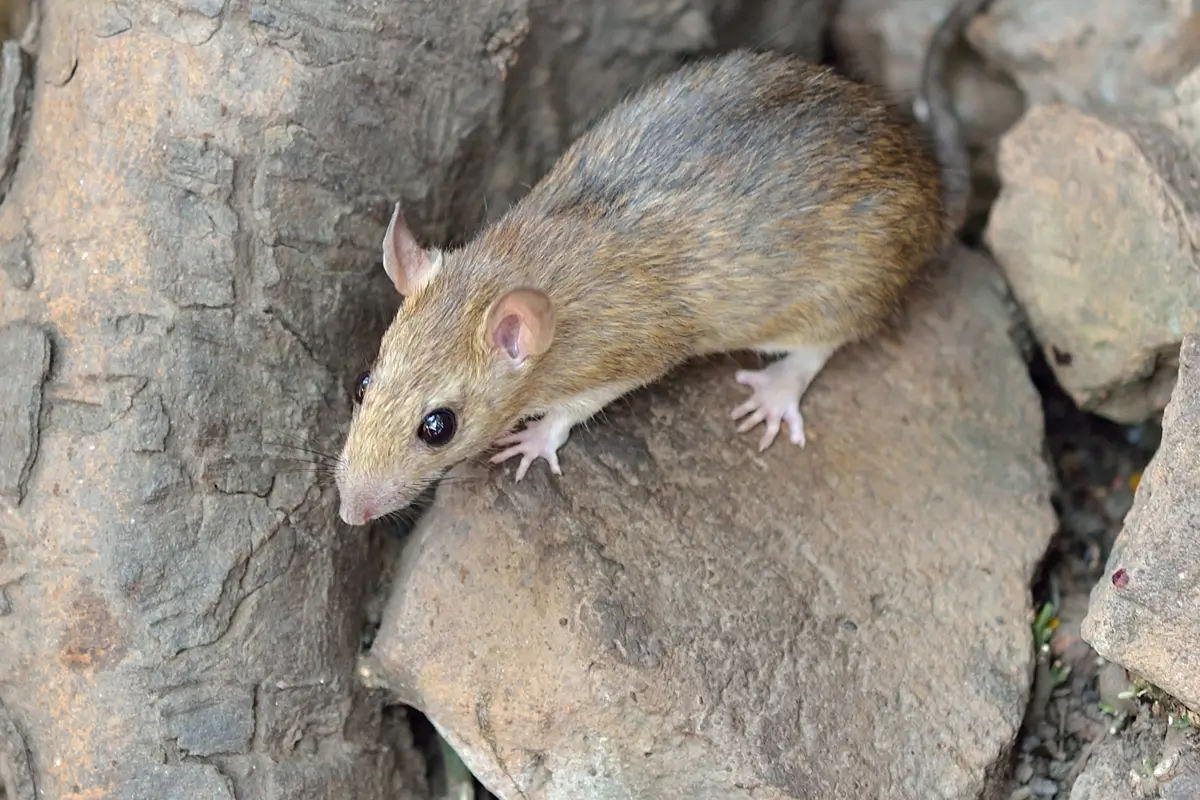
Rats
Rat Traits & Behaviors
Rats are neophobic by nature, usually avoiding new items placed in their environment until the items have been there for a while. Rats also have the ability to fit through small openings, due to their collapsible skeletons. This allows an adult rat to fit through an opening the size of a quarter. When implementing a control strategy, we consider all these factors.
Common entry points for rats include burrowing under foundations and chewing through vent screens, favoring nesting in insulation within the crawlspace, basement, or attic. With a single female rat capable of producing up to 35 pups annually and offspring reaching maturity within three months, populations escalate swiftly once they find a nest. Their dietary preferences mirror those of humans, making homes and businesses prime habitats. Despite minimal water needs, they travel over 300 feet nightly in search of sustenance.
Common Rat Species in Washington
The two most common types of rats we encounter in Washington are the Norway Rat and Roof Rat:
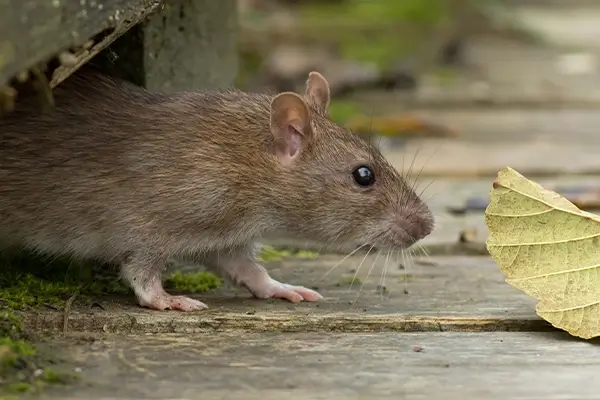
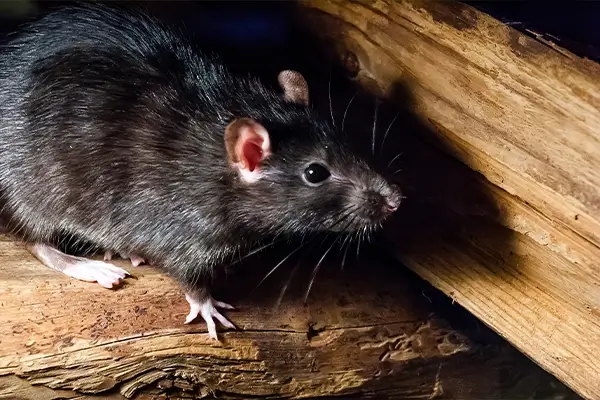
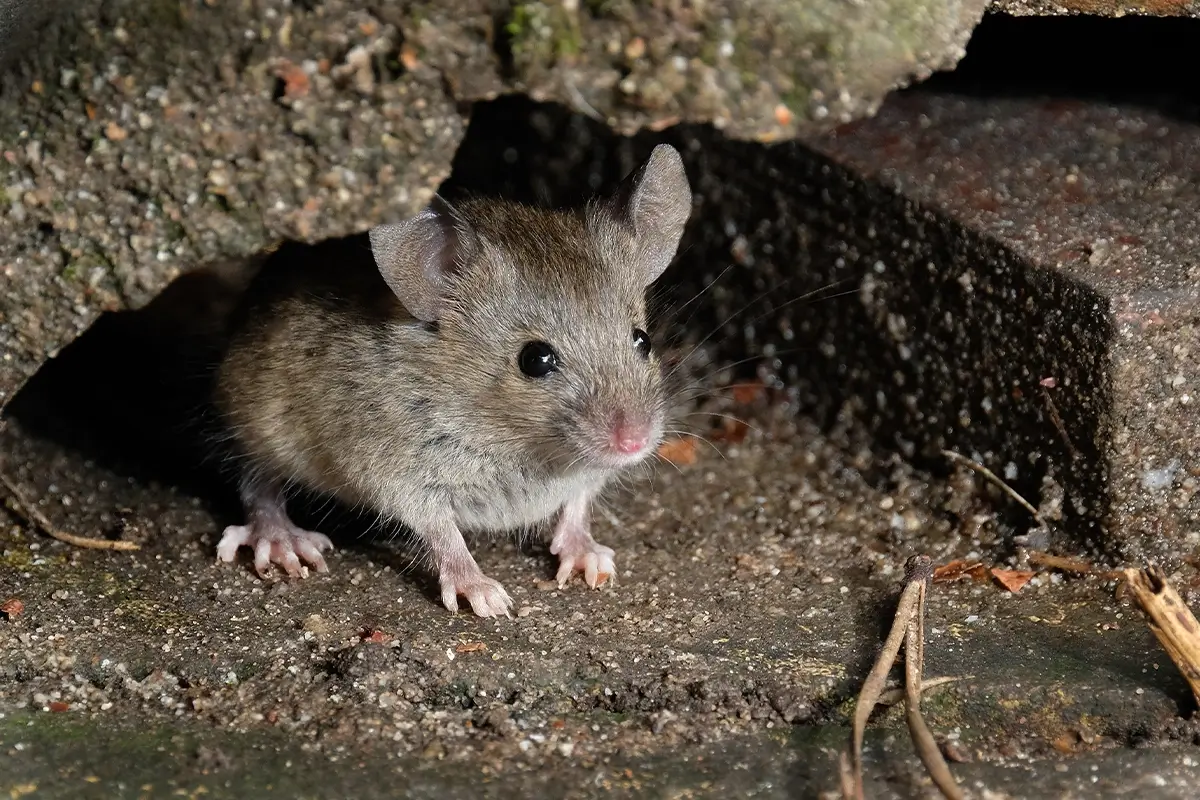
Mice
Mice Traits & Behaviors
Mice breed year-round, having 5-6 pups every 19-22 days. Newborn mice take 6-10 weeks to reach sexual maturity; however, they are able to become impregnated immediately after giving birth. This allows for extremely rapid population growth.
As with rats, they have versatile feeding preferences and obtain much of their moisture requirements from the food they eat. Though similar, rats and mice have some distinct differences; mice are known for their “nibbling” of many different foods, and they are naturally curious about new items placed in their environment.
Common Mice Species in Washington
House Mice and Deer Mice are the most common mice found in Western Washington:
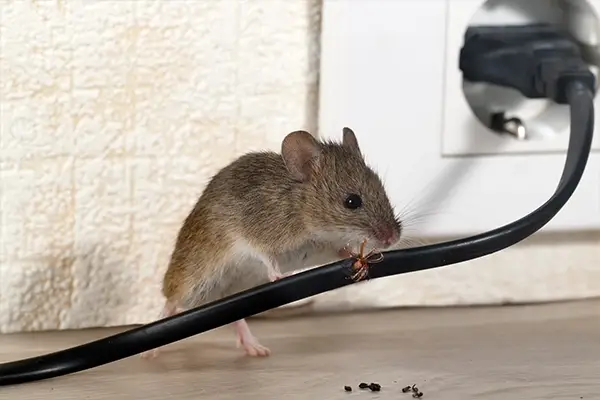
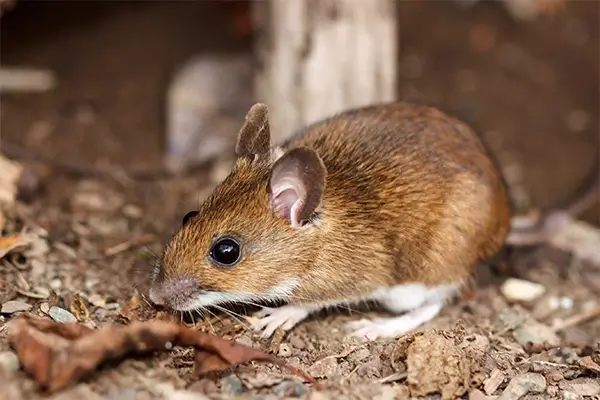
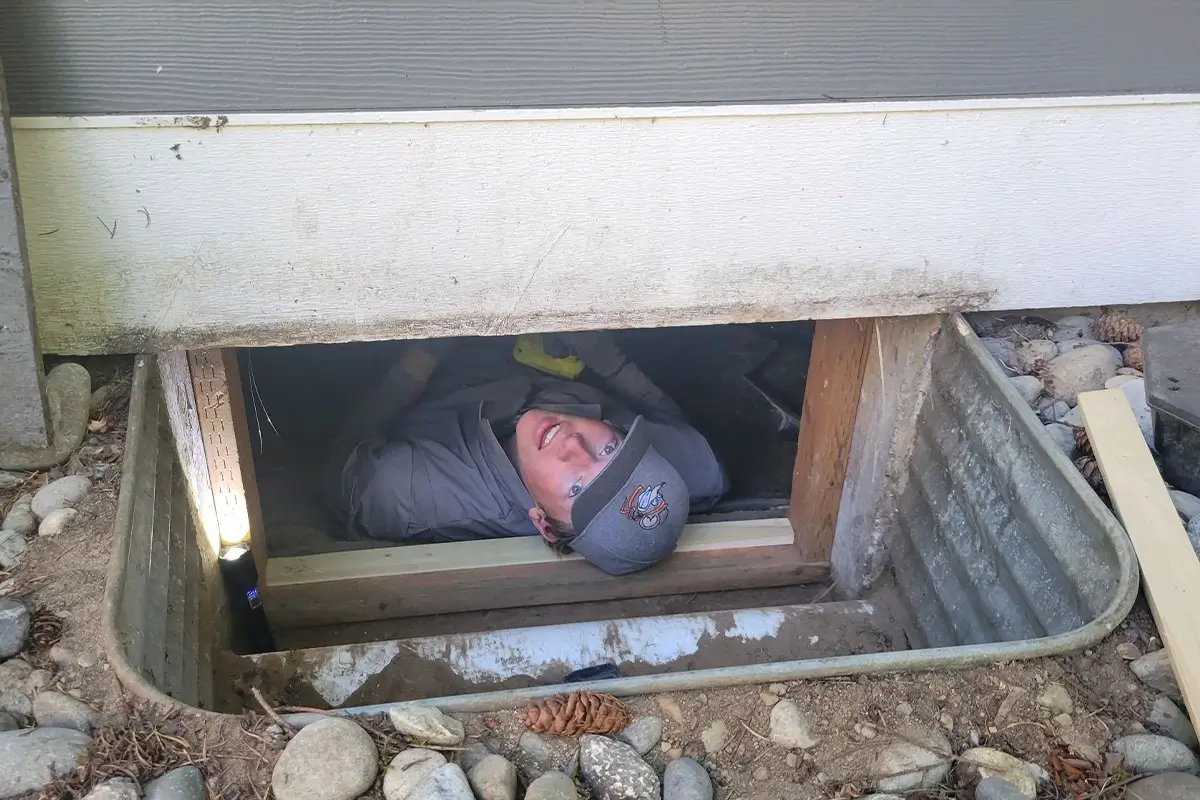
Rodent Control Methods
Our rodent control program is designed to eliminate any current infestation in your home, as well as to prevent any future rodent populations from entering the structure. Rodent control requires a multi-faceted approach every time. The most important step in a control program is the initial inspection, which can help determine entry points, nest areas, feeding locations, and travel paths.
After the initial control has been established, we strongly recommend a recurring preventative service to keep the exterior populations from following existing scent/pheromone trails back to your house. Like people, all rodents are extremely adaptable to their environment, so continual efforts will always be needed.
Rodent Prevention Tips
There are several things you can do to help make your home or office less desirable to rodents like rats and mice. Taking these steps will not always prevent a rodent infestation, but they will make them less likely to occur and much easier to correct when they do happen:


